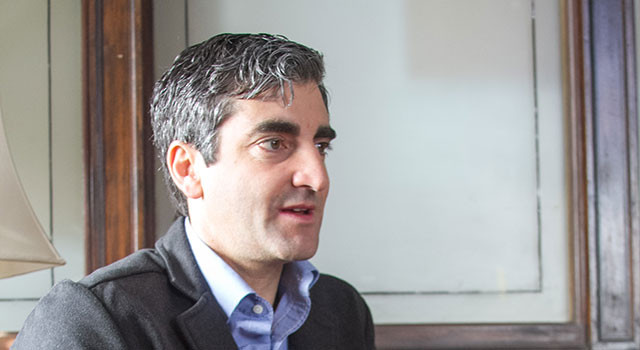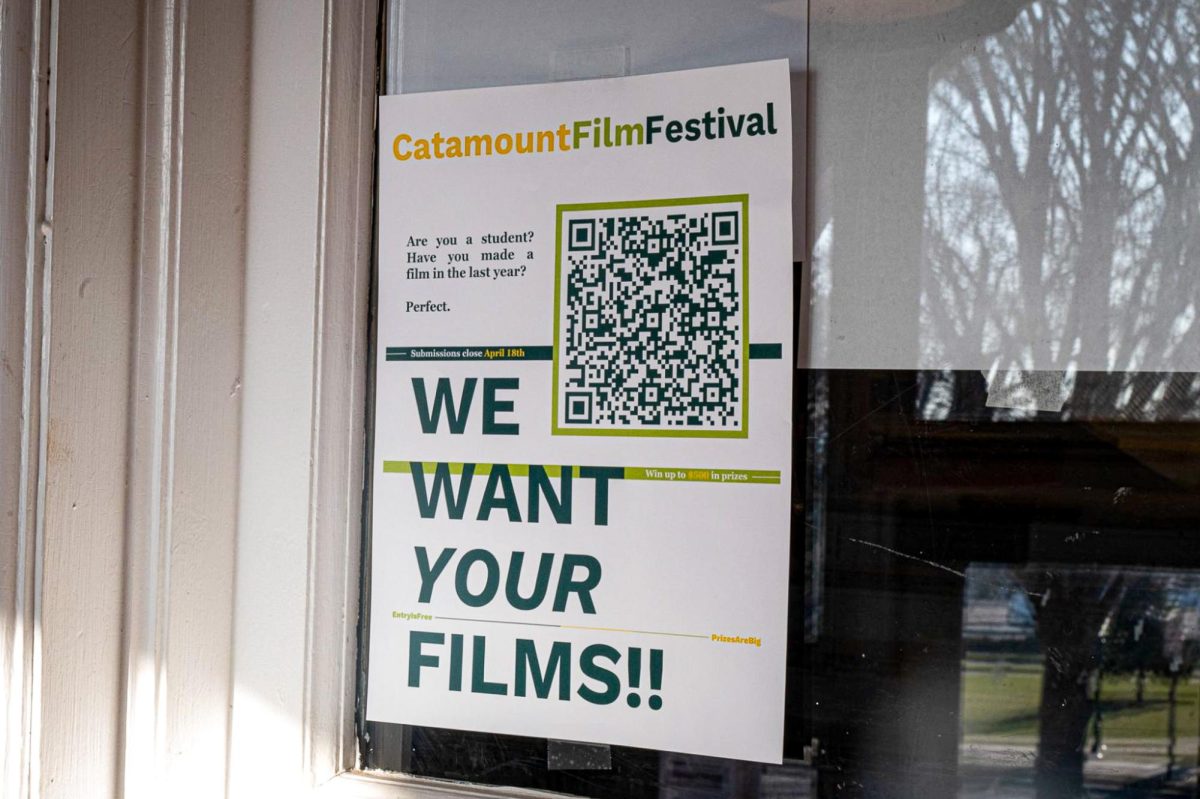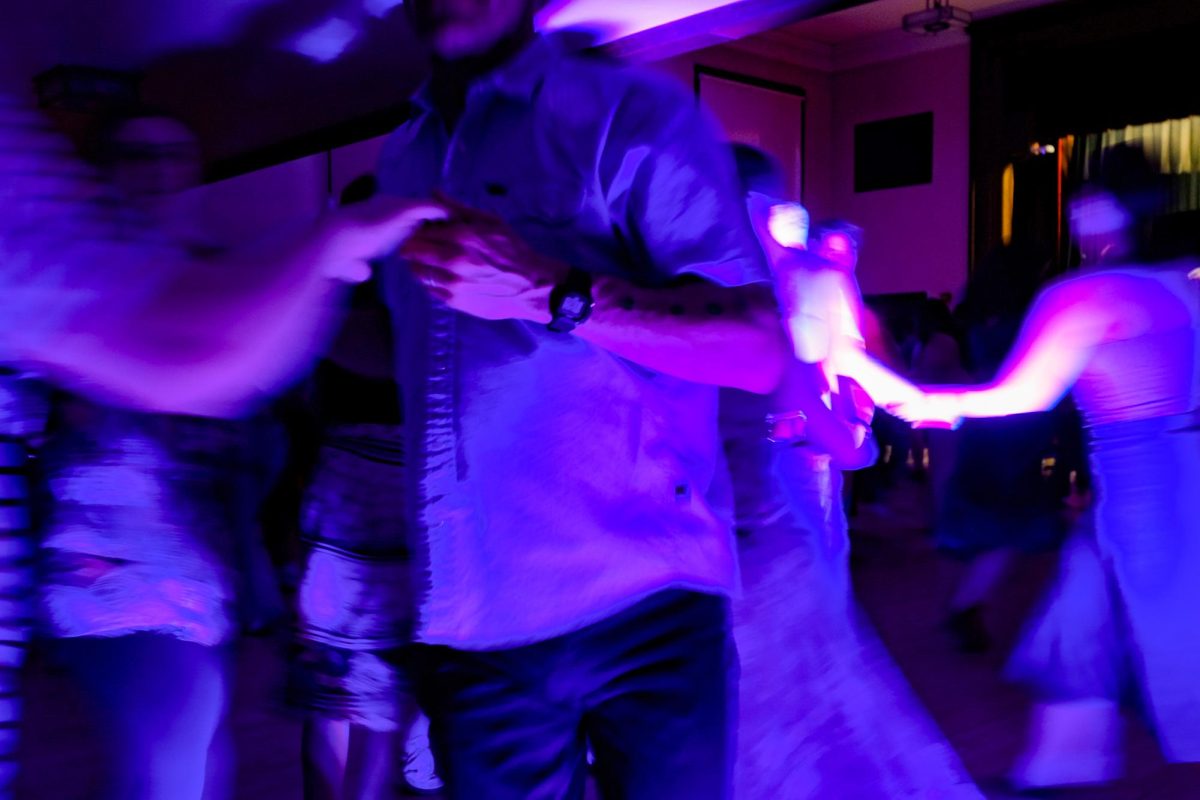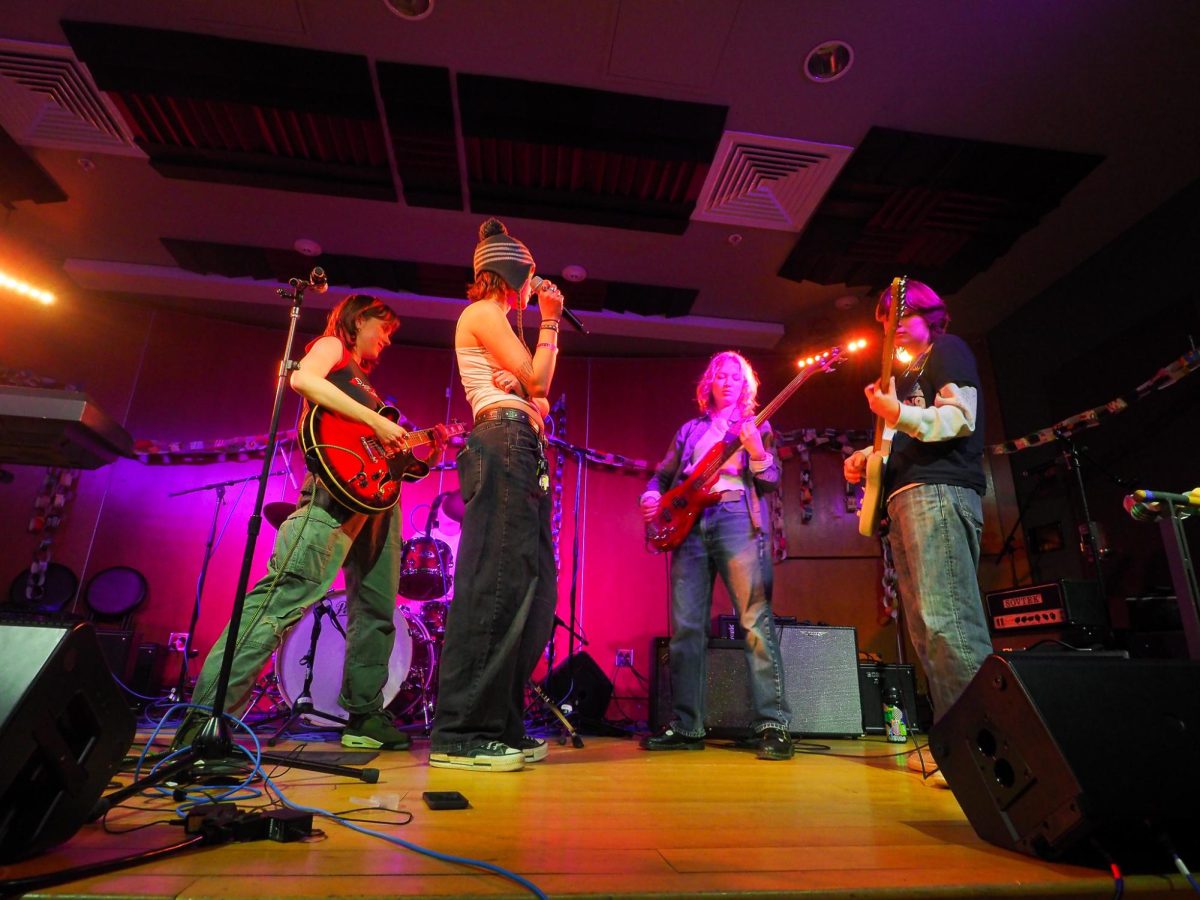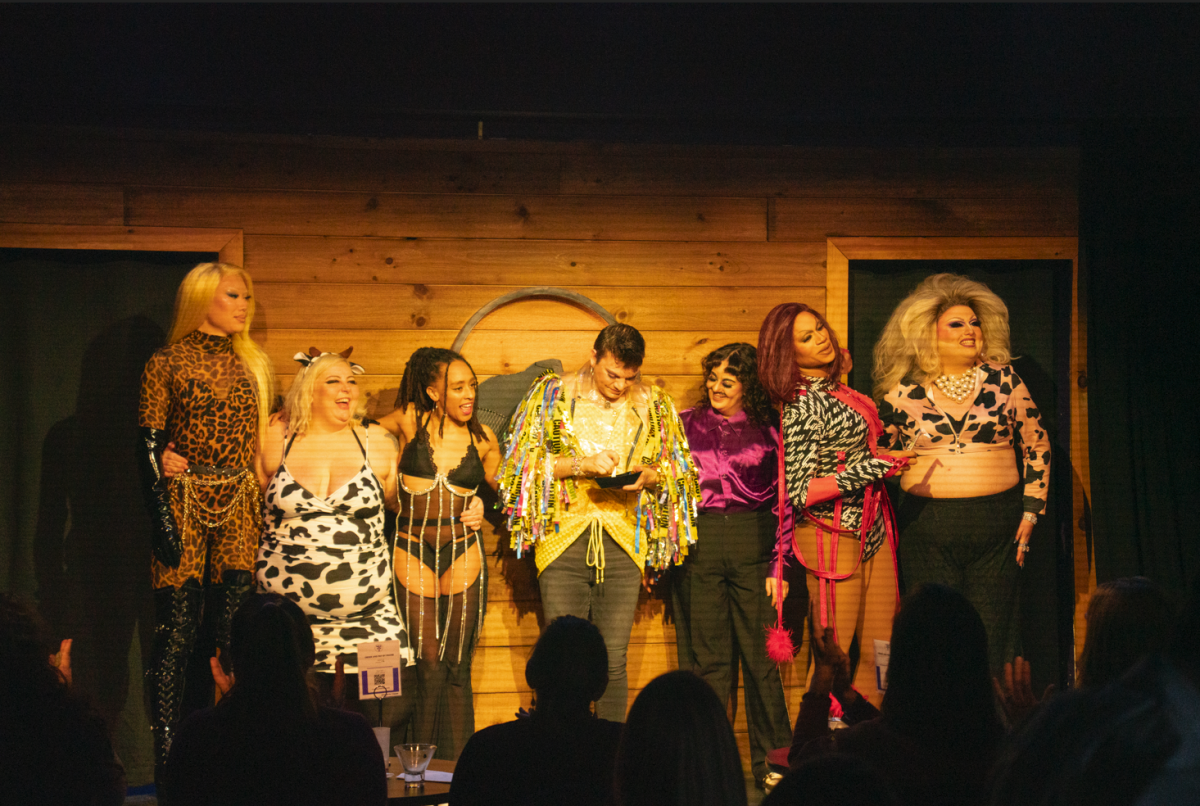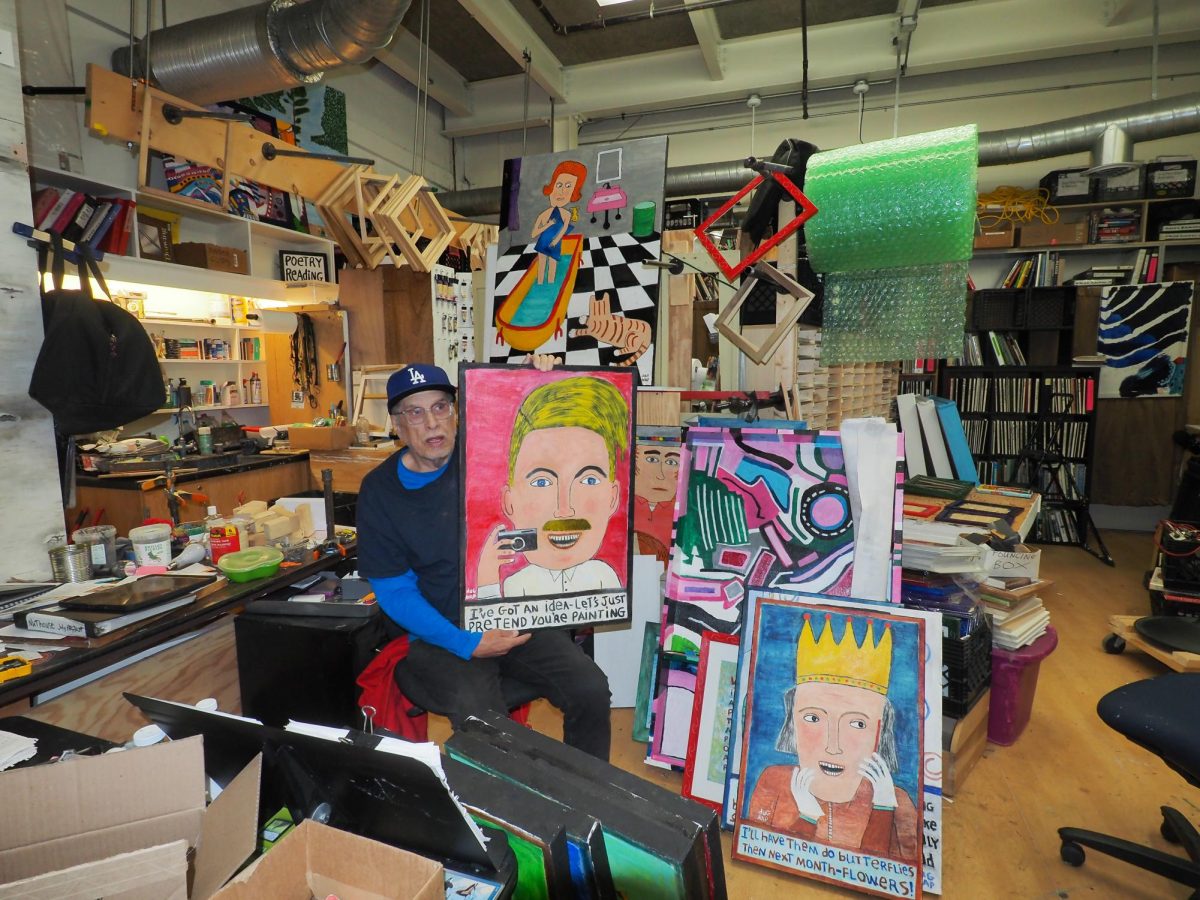With a local election next week, development in Burlington is a hot button issue that has created controversy among many artists, residents, and businesses.
South End artist Matt Hastings and South End Arts and Business Association executive director Adam Brooks both raised concerns around gentrification in the enterprise district due to the proposed planBTV South End project in recent interviews with The Vermont Cynic.
“I think the biggest threat to artists is the infrastructure,” Brooks said.
SEABA is best known for its Art Hop event, which brings about 30,000 people to the South End to view and purchase local art and attend comedy and musical performances every year, according to the SEABA website.
The planBTV South End process will “place an emphasis on a community conversation to find ways to promote and improve economic development, quality urban design, affordable and workforce housing…as well as the quality and capacity of our public infrastructure,” according to the city of Burlington’s website.
“The change that happens when artists come into a place is pretty much a pattern,” South End artist Matt Hastings said.
“Artists, by nature of their way of existing in the world and seeing the world, they see opportunity where other people see neglect.”
Hastings rents a studio in the South End for his wood shop, Riven, where he makes wooden furniture and houseware and practices with his rock band, Vedora.
Hastings raises concerns that the South End artist community will be gentrified, explaining that artists will no longer be able to afford their studio spaces as a result of this redevelopment and a subsequent rise in rent.
According to the city’s most recent housing market analysis, “Burlington’s housing market is marked by…low rental vacancy rates and limited inventory of homes for sale – much lower than regional, national and ‘balanced’ levels.”
“One of the driving reasons that we chose to do this planBTV South End process was to get ahead of [real estate becoming too expensive] and to proactively attempt to find a way to protect and preserve what we love about the South End today including the arts and the other creative economy uses that are currently a major part of the South End,” said Mayor Miro Weinberger.
“I’m feeling hopeful, but also realistic,” Hastings said of the planBTV South End process.
“Burlington is a town that really thinks about its growth. It’s time. People are moving here, rents are really high, and there’s a demand for living in the city of Burlington,” Hastings said.
“I would hate to see the City Council and the Mayor make decisions that would homogenize the socioeconomic diversity down here,” Hastings said.
“I think that’s the key to having any good city, any good environment, is people from different walks of life, making different amounts of money, involved in different vocations coming from different backgrounds bumping into each other, because that’s where life happens.
Weinberger has taken artist concerns into account, addressing them head-on by citing the $100,000 National Endowment for the Arts grant the city received for this project.
“The explicit purpose of [the grant] was to make sure that during this planning process we were taking into account the arts perspective and that we were involving artists in that planning,” Weinberger said.
Adam Brooks also raised concerns about the form-based code that has been prominent in the planBTV downtown and waterfront processes.
Since the interview with Brooks, Burlington’s City Council has voted not to use FBC in the planning process for the South End redevelopment.
“I think it was a mistake that part of the enterprise zone was initially put into that form-based code process. That was premature, because we haven’t done the planning yet in the South End to come up with that consensus vision of where we want to go,” Weinberger said.
The Mayor cited community conversation as the primary reason form-based code would not be used in the enterprise district.
“I think that’s kind of the Burlington way,” Weinberger said. “We get people together, we talk about what we’re worried about in the future, what we’d like to see happen, and then we go out, we work hard, and we make it happen. That’s the intent with this South End planning process.”
Weinberger added, “We’re going to create some kind of consensus about what we want to see happen in the South End, and then we’ll find a way to make that happen as a community.”


